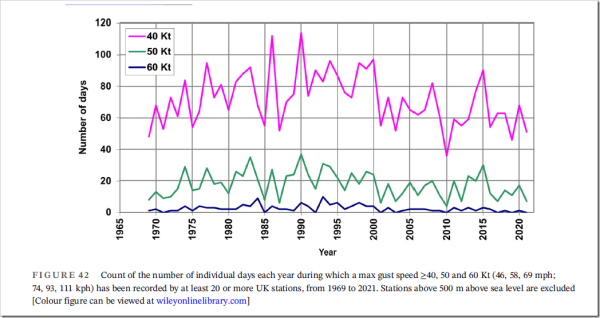by P. Ridd, Nov 26, 2022 in InstitueofPublicAffairs

The Bureau of Meteorology and the CSIRO have delivered their biennial dose of depression about the climate, but their report ignores a slew of positive environmental changes.
The Bureau of Meteorology and the CSIRO have delivered their biennial dose of depression about the climate in their latest State of the Climate report. The climate has warmed by 1.5C and there is barely a single benefit – it is all disaster.
It is often said, “if it is too good to be true, it probably is” and you are being conned. What about too bad to be true? Can a gently warming climate have no significant benefits at all? The only marginally encouraging part of the report is about northern Australia. There might have been a slight reduction in cyclone numbers, and there has been a bit more rain in the recent decades.
Apart from that, the report reads like the Book of Exodus – one disaster after another. Only the frogs and boils are missing.
But it is significant that the period when Egyptians were building pyramids, which was hotter than today’s climate, is often called the Holocene Climatic Optimum. The word “optimum” was an indication that scientists working in the era before climate alarmism could see some advantage of a warmer climate.
A sure sign that the report tries too hard to find disaster is when it discusses coral bleaching and the Great Barrier Reef. It stresses that there have been four bleaching events in the past six years, which it implies were devastating. But for some reason the report fails to mention that this year the reef recorded its highest amount of coral since records began in 1985.
This proves that all the hype about the coral loss from bleaching was greatly exaggerated. But the report writers were obviously untroubled by the contradictory evidence. They ignored it.
…



